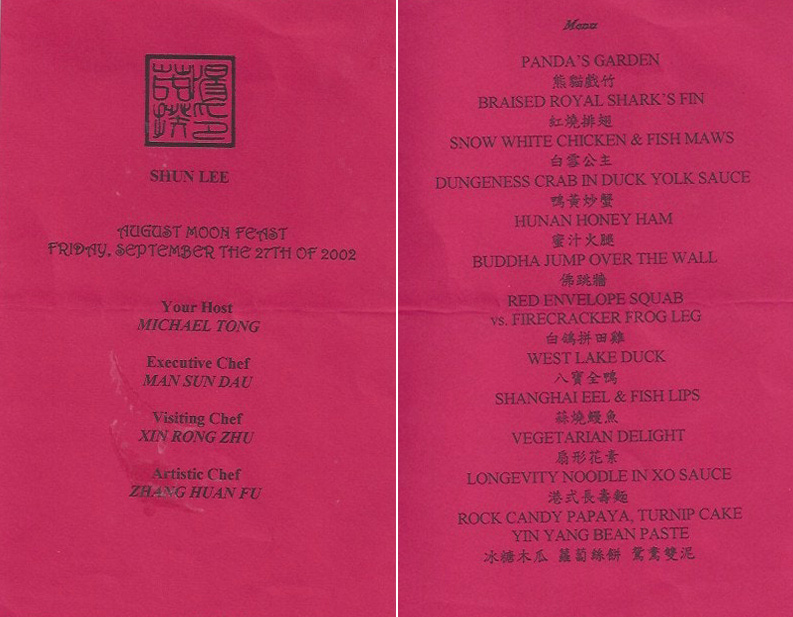Three Great Chinese Meals
And a source for high-end Asian ingredients that will change the way you cook
I still find it astonishing that you can go to a supermarket almost anywhere in the country and find Korean ingredients on the shelves. But you can do better.
Gotham Grove sources very high end, small batch, hand-made products that make everything they touch taste better. I’m particularly fond of their cold-pressed sesame oil, their lovely sheets of dried seaweed, and their strawberry gochujang — but virtually everything they sell is superb. The is the perfect place to find a gift for that irritating friend who has everything; it’s a pretty good bet they don’t have a bottle of 8-year aged snail black vinegar sitting on their shelves.
This was a dinner Michael Tong, owner of Shun Lee, gave for Cecilia Chiang of The Mandarin Restaurant in San Francisco. It was the most extraordinary Chinese meal I had ever had in New York, and despite the fact that the food was visually gorgeous (note the reference to “artistic chef”) and every morsel was exquisite, it made me sad.
Because what Shun Lee served most of the time was Chinese food that had been dumbed down, and it hurt to know that the kitchen was capable of food like this. Michael didn’t think his clients were ready for fish lips and fresh eel, and he was probably right. And they were certainly not ready to pay for all the special ingredients he imported from China.
I wish I had taken a photograph of that Panda’s Garden. It was sitting on the table when we came in, a vast tableau made entirely of food with two little pandas carved out of vegetables playing in the middle.
And then another menu celebrating the wonderful Cecilia Chiang. This was the menu for her 95th birthday party at San Francisco’s Yank Sing restaurant.
It’s hard to convey to a contemporary audience what a huge breakthrough Mandarette was when it first opened in 1984. Philip Chiang, who’d been managing his mother’s Beverly Hills Mandarin Restaurant, wanted a casual little place that served the home-style food the staff cooked for themselves. But there was a twist: Philip was raised in Japan, and the food had a spare, clean quality that was unusual for such an inexpensive Chinese cafe.
I couldn’t get enough of that food. I think of it, wistfully, each time I pass a PF Chang’s. (Philip sold Mandarette and went on to co-found the fast food chain).
Do NOT use these recipes. Today you can find much better versions in any number of places. But I offer these recipes from my own 1972 cookbook to illustrate how very much things have changed. Should you want a real version of chicken with peanuts, I suggest gong bao chicken with peanuts from Fuchsia Dunlop.















I am enjoying this newsletter so, so much. I’m so inspired by your preservation of all of these old menus!
LOVED Mandarette! Thank you for sharing your memories. Truly appreciate these food stories of back in the day in LA. Loved the story on Spago too.